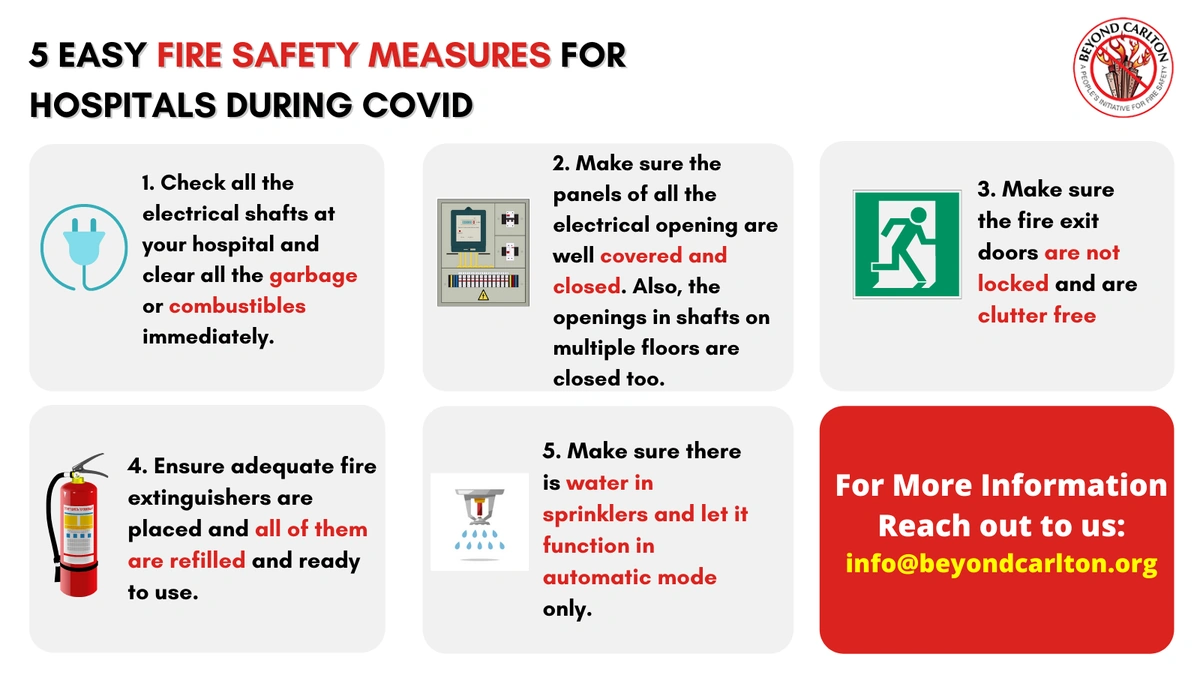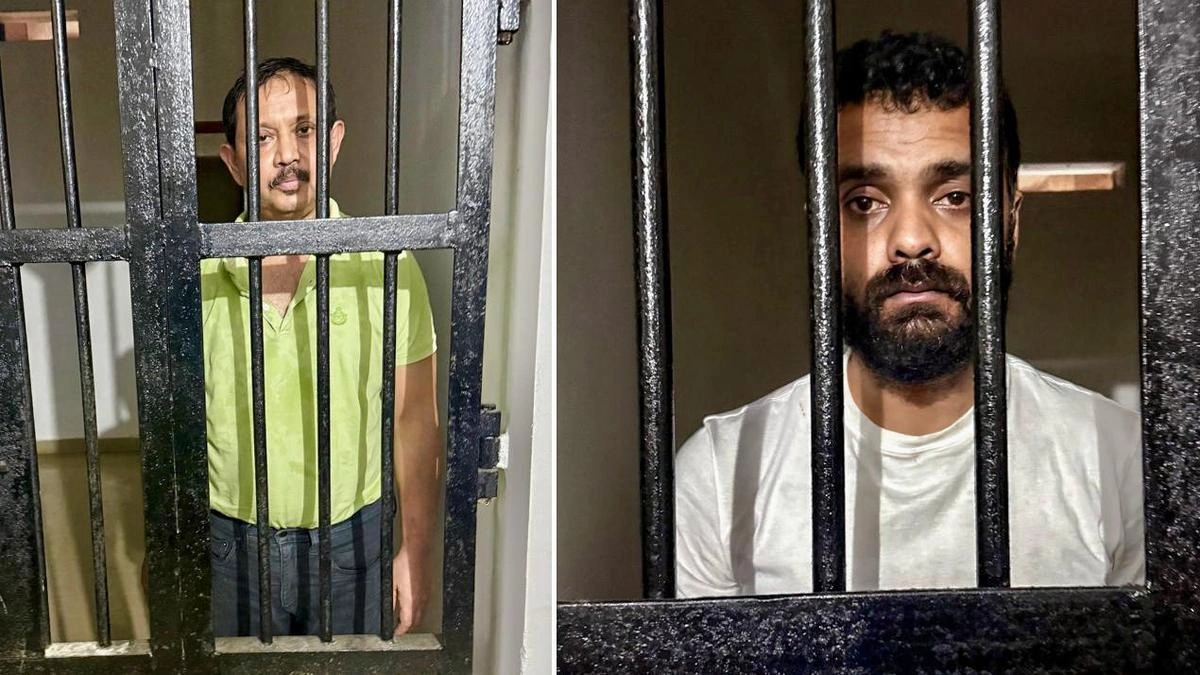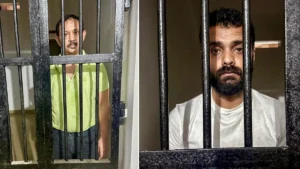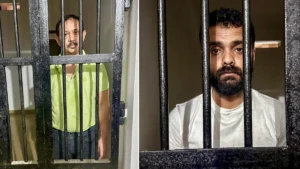Sachin Pilot Criticizes Lax Safety After Sawai Man Singh Hospital Fire
The news hit like a jolt: a fire at Sawai Man Singh (SMS) Hospital in Jaipur. Thankfully, no lives were lost this time. But the incident sparked immediate outrage, with Sachin Pilot leading the charge, criticizing what he sees as unacceptably lax hospital fire safety standards. But, here’s the thing: this isn’t just about one incident. It’s a symptom of a much deeper issue – one that affects hospitals across India. This isn’t just news; it’s a wake-up call.
Why Hospital Fire Safety in India Needs Urgent Attention
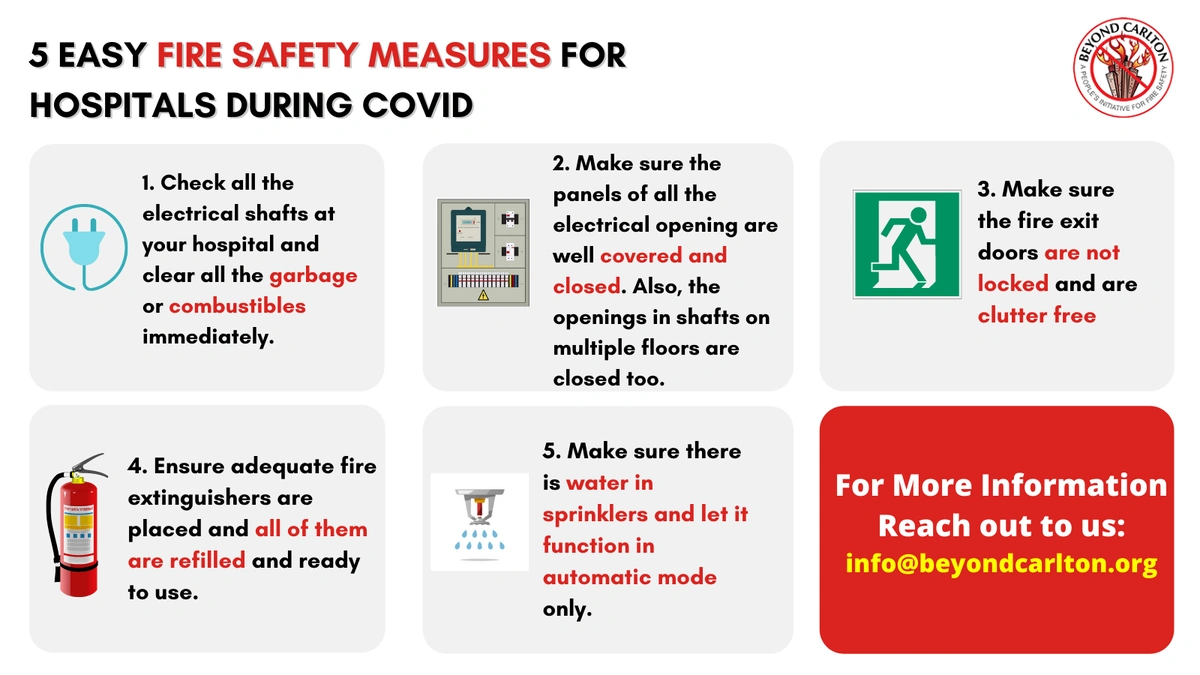
Let’s be honest, when we think of hospitals, we think of healing, of safety, a place where lives are saved. Fire? That’s the last thing on our minds. But the reality is, hospital fires are more common than we’d like to admit. Why? Several reasons, and it’s a complex web of issues. Outdated infrastructure is a huge problem. Many hospitals, especially older ones, weren’t built with modern fire safety standards in mind. Think faulty wiring, inadequate ventilation, and a lack of proper fire suppression systems.
And then there’s the human element. Lack of training among staff is a critical factor. Do nurses and ward boys know how to use a fire extinguisher? Can they effectively evacuate patients, many of whom are bedridden or have mobility issues? Often, the answer is a resounding no. What fascinates me is that fire safety is often perceived as an expense, not an investment. Hospitals, especially those under financial strain, may cut corners on fire safety measures to save money. This is a classic case of being penny-wise and pound-foolish. The cost of a fire, both in terms of lives and property, far outweighs the cost of prevention. According tothe National Fire Protection Association (NFPA) , regular fire safety audits and drills are critical to preventing hospital fires.
The SMS Hospital Fire | A Case Study in Negligence?
The Sawai Man Singh (SMS) Hospital fire is now under investigation, and it’s crucial to understand what went wrong. Was it a case of faulty wiring? A lack of fire extinguishers? A failure to follow proper safety protocols? These are the questions that need answers. But let’s be real – investigations often take time, and the findings can be buried under layers of bureaucracy. What we need is transparency and accountability. We need to know exactly what happened, who was responsible, and what steps are being taken to prevent a recurrence. The incident also highlights the need for stringent enforcement of existing fire safety regulations. It is necessary to ensure that hospitals are regularly inspected and that they comply with all applicable safety standards. Sachin Pilot’s criticism underscores a growing public frustration with what is perceived as a systemic failure to prioritize safety in healthcare facilities. This incident also impacts daily life for the people in Jaipur.
How to Improve Hospital Fire Safety | A Practical Guide
Okay, enough with the doom and gloom. What can be done? Here’s the thing – improving hospital fire safety isn’t rocket science. It’s about implementing basic, common-sense measures. Let’s break it down step-by-step.
- Regular Fire Safety Audits: This is non-negotiable. Hospitals need to conduct regular, thorough fire safety audits to identify potential hazards and weaknesses.
- Invest in Fire Suppression Systems: Sprinkler systems, fire alarms, and fire extinguishers are essential. And they need to be properly maintained and regularly inspected.
- Staff Training: Train all staff members in basic fire safety procedures, including how to use fire extinguishers and how to evacuate patients. Conduct regular fire drills to ensure that everyone knows what to do in an emergency.
- Improve Infrastructure: Upgrade electrical wiring, ventilation systems, and other infrastructure to meet modern fire safety standards.
- Develop a Fire Safety Plan: Every hospital should have a comprehensive fire safety plan that outlines procedures for preventing and responding to fires. This plan should be regularly reviewed and updated.
I initially thought this was straightforward, but then I realized the most critical element is leadership. Hospital administrators need to make fire safety a top priority and allocate the necessary resources. Because without that commitment from the top, all the audits and training in the world won’t make a difference. Many organizations offer fire safety training programs to help medical staff.
The Role of Government and Regulatory Bodies
While hospitals have a responsibility to ensure fire safety, the government and regulatory bodies also have a crucial role to play. This includes:
- Enforcing Fire Safety Regulations: The government needs to strictly enforce existing fire safety regulations and hold hospitals accountable for non-compliance.
- Providing Funding: The government should provide funding to help hospitals, particularly those in underserved areas, upgrade their fire safety infrastructure.
- Raising Awareness: The government and regulatory bodies should launch public awareness campaigns to educate people about fire safety in hospitals.
Let me rephrase that for clarity. We need a multi-pronged approach that involves hospitals, the government, and the public. Only then can we create a healthcare system that is truly safe for everyone. We also need to address building code violations that often contribute to fire risks. This requires more effective oversight and enforcement by local authorities.
A Call to Action | Prioritizing Patient Safety
The Sawai Man Singh Hospital fire is a stark reminder that patient safety must be paramount. It’s not enough to offer cutting-edge medical treatments; we also need to ensure that hospitals are safe environments for patients, staff, and visitors. The goal should be to improve emergency response protocols in hospitals. What fascinates me is that safety is often an afterthought, something that’s addressed only after a tragedy occurs. We need to shift our mindset and make safety a proactive, ongoing priority. We also need to increase awareness of fire hazards in hospitals among the general public. Because ultimately, it’s about creating a culture of safety – one where everyone is responsible for preventing fires and protecting lives.
The key is a focus on prevention rather than reaction. Regular inspections and maintenance are paramount. As per the guidelines, proper storage of flammable materials is also a key factor in preventing fire accidents. While sources suggest a specific course of action, the official confirmation of improved conditions is still pending. It’s best to keep checking for updates from the hospital administration.
FAQ Section
What are the most common causes of hospital fires?
Common causes include electrical malfunctions, faulty equipment, cooking equipment, and improper storage of flammable materials.
What should I do if I see a fire in a hospital?
Activate the nearest fire alarm, alert hospital staff, and evacuate the area if it is safe to do so. Follow instructions from hospital staff during an evacuation.
How can I be sure my local hospital is safe?
Check if the hospital has up-to-date fire safety certifications and regularly conducts fire drills. You can also ask hospital administrators about their fire safety protocols.
What are some signs a hospital might be a fire risk?
Signs include visible electrical hazards (frayed wires), lack of clear evacuation routes, and absence of fire extinguishers or sprinkler systems.
Who is responsible for hospital fire safety?
Hospital administrators, fire safety officers, and all hospital staff share responsibility for maintaining fire safety.
So, what’s the takeaway? This isn’t just about Sachin Pilot, or one hospital fire. It’s about a systemic issue that demands our attention. We need to hold hospitals accountable, invest in fire safety, and create a culture of prevention. Because the next fire could have devastating consequences and the consequences affect trending events that can affect everyone.
